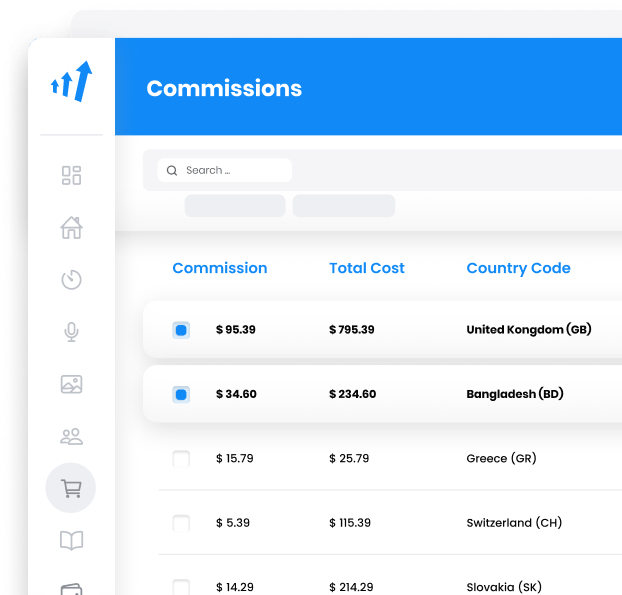What is CPS?
Cost per sale (CPS), also referred to as pay-per-sale (PPS), is one of the payment methods used for promoting products where affiliates get paid for each sale or desired action that has been made by a customer. Each sale can be tracked during the campaign and is used at the end to calculate the advertising cost. This cost is usually calculated by dividing the total cost of the campaign by the number of sales.
CPS in Post Affiliate Pro
CPS is one of the most commonly tracked advertising models used by e-shops that sell digital or physical products. In Post Affiliate Pro, merchants can customize tracking methods according to their preferences. Working with the CPS model is easy. Usually, you start by setting up campaigns and promo materials, and integrating your site with a click tracking code and a sale tracking code. Click tracking codes are necessary for tracking affiliate referrals, and in order to track sales these codes have to be integrated into your landing page. The tracking codes mentioned above are what is used to generate commissions for the referred affiliate when a sale has been made.
Benefits of using CPS
The CPS advertising model is widely used for its easy customization and the number of benefits it can bring to online businesses. Let’s take a look at what some of them are.
CPS advertising model:
- Minimizes marketing and advertising costs
- Increases traffic and acquisition of new customers
- Presents a low-risk strategy to attract new customers
- In the CPS model, a commission is paid only if a sale is made, allowing publishers to easily track their spending
- Offers a wider reach for your campaign, as hundreds of thousands of potential customers can be reached through your affiliate network
- CPS allows you to ban IP addresses and clicks with suspicious behavior, offering solid fraud protection

Frequently Asked Questions
What is the difference between CPS and CPI?
Cost per sale (CPS) is an advertising model in which affiliates get paid commission for every sale they make. In the case of cost per installation (CPI), affiliates are rewarded a commission only when a successful installation (for example, an installation of a mobile app) has been done.
What are CPL and CPS?
Both terms refer to advertising models used primarily in digital marketing. CPS stands for cost per sale, which means affiliates are paid only if a successful sale has been made. CPL means cost per lead, where advertisers pay commission to affiliates only when a subscription/qualified sign-up (e.g. for a newsletter) has been made.
